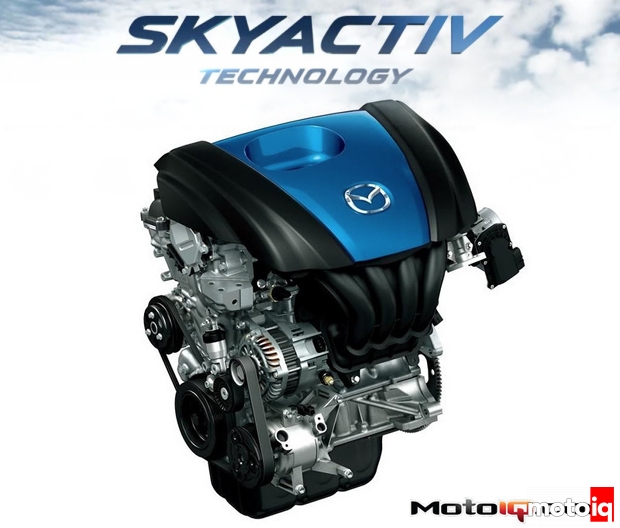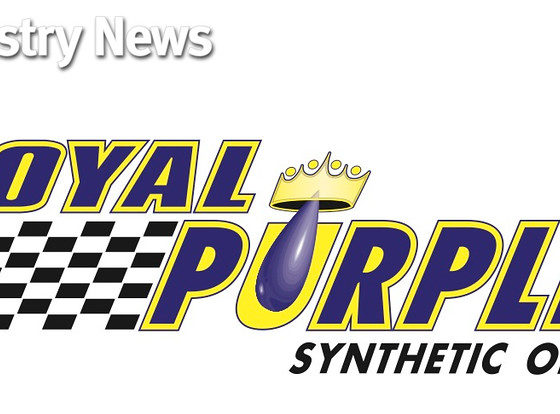,
 |
| The addition of roller rockers greatly reduces valvetrain friction. A hydraulic lash adjuster greatly reduces maintenance over the life of the car. |
To eliminate the problem of intake valve deposits that plague current direct gasoline injection engines, the engineers at Mazda determined that deposits are formed when intake valve temperatures fall below 400 degrees C. Measures were taken so that the intake valve would operate above this point to reduce deposit formation.
 |
| One of the biggest issues with direct injection engines is a build up of deposits on the intake valve. Mazda determined that this was largely due to the intake valve being too cool. A lot of analysis went into designing the heat paths away from the valves to keep them at the proper temperature to avoid deposit formation. |
Friction reduction was also aggressively pursued in the Skyactiv G engine. There is 50% less valvetrain friction though the use of roller rockers, 37% less ring friction with narrow low tension rings, a small bore and slipper skirted pistons and 30% less overall friction for the entire engine using tricks like narrow main and rod bearings and superfinishing. Less friction also fits into the scheme of greater overall efficiency which is amazing for this engine.
 |
| As you can see here, the cylinder volume is very minimal but the combustion chamber is very different from a modern, shallow included angle pent roof quench chamber you typically see. |
The Skyactiv G engine has an astounding BSFC or Brake Specific Fuel Consumption of 0.28, (this is a measurement expressed as pounds of fuel per horsepower per hour) which approaches that of a diesel. A few years ago, a BSFC number of 0.45 was considered to be good for a gas engine! More efficiency means great fuel economy.
 |
| You can see how little of an area of the piston actually contact the cylinder walls. You can also see the reduced contact area of the wrist pin and how the piston and rod tapers have been carefully engineered to cause less distortion to the piston under load. |
Performance-wise, the Skyactiv G engine produces 15% more torque from 1000 to 4500 rpm over the best in class gasoline 2 liter engines while using 15% less fuel and producing 15% less CO2. In a Mazda 3, the projected fuel mileage will be in the 40 mpg range in highway use, equal to what our Project TDI Golf currently produces.




6 comments
These type of engines are only restricted by the fact most owners want to use 87 octane. Imagine if you could tune these engines for a 91 or higher octane. I imagine in hot weather these high compression engines detune themselves a lot with 87 octane. It is unfortunate that even recommending a higher octane is taboo in America. At least some manufactures are now recommending higher octane fuels and mapping engine management to take advantage of that fuel. Especially with turbo engines that add to the heat issues that many times require a engine to aggressively detune itself to prevent pre combustion.
High octane fuel is taboo in America? Every car in my garage uses high octane fuel. One V8 and a couple I4 turbos.
we are limited to 91-93 octane by the R+M/2 method
I have a newer version of this engine in a 2015 Mazda 6. I will reach 400,000 miles by the end of the year. Still runs and shifts great and getting 32-35 MPG hwy. The only thing I’ve ever done to this car was replace a lower control arm at 300k miles and the belt tensioner at 150k miles.
Yeah, but the direct injection itself has reliability issues…the cylinder heada will need to be removed between 100000-150000 miles due to the valves gumming up. I believe Toyota solved this problem by placing an injector BEFORE the valves to keep them clean. Does THIS motor have this feature?
I have a hundred and seventy five thousand miles on my indie, miata, in five and a half years running, mostly low octane fuel, I have done a few cleanings in an oxygen sensor other than that, she’s running beautifully.I do a lot of highway driving sometimes two hundred miles a day